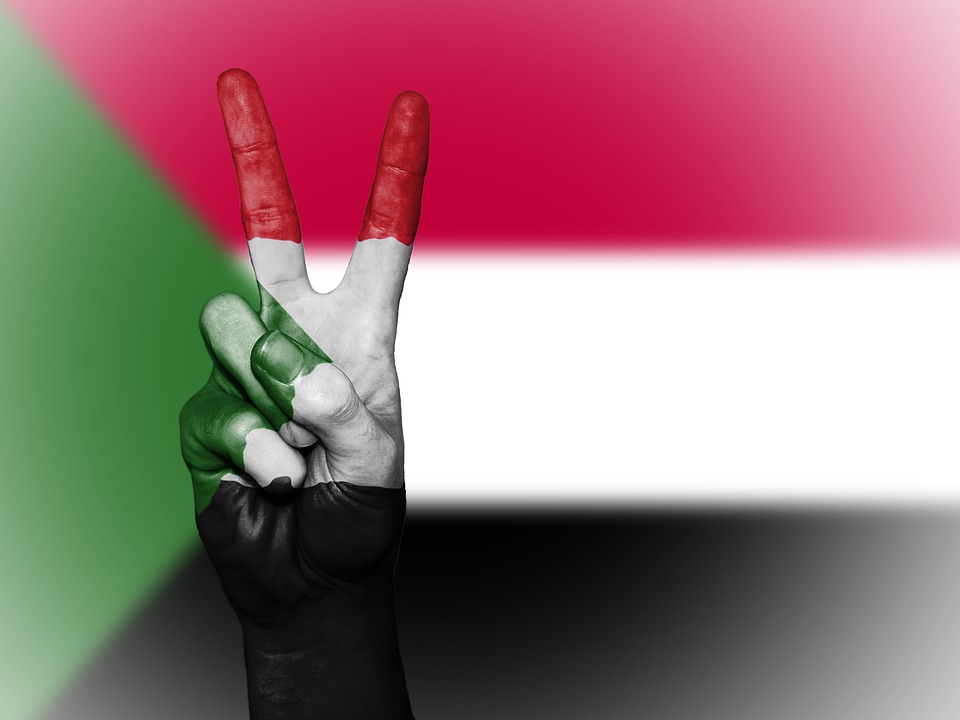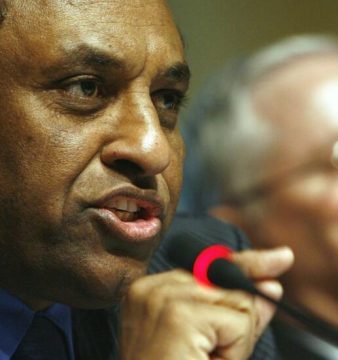Protests Erupt Across Sudan Over Economic Woes

Protests have begun to erupt in Sudan since 19 December over rising prices of commodities such as bread and fuel, both subsidised by the government. Protesters are calling for the overthrow of Sudanese President Omar Al Bashir and his government.
Reports of protests in several Sudanese cities triggered by high bread prices. State of emergency declared in northern town of Atbara after protesters set ruling party’s headquarters on fire #Sudan pic.twitter.com/Vg3Pv8XazJ
— Isma’il Kushkush (@ikushkush) December 19, 2018
#khartoon – Sudan Queuing Bomb – After month of queuing for bread, Gas and even cash at the ATMs, several Major cities started protesting last night. #sudan #illustration #السودان #مدن_السودان_تنتفض #عطبرة pic.twitter.com/zOutJPsuHp
— ود البيه (@khalidalbaih) December 20, 2018
Al Jazeera reports that at least eight people have been killed in the anti-government protests. Six protesters died during clashes with riot police in El-Gadarif, according to legislator Al-Tayeb Al-Amine Tah. Two protesters were also killed in Atbara. However, the numbers are expected to increase.
Child in ElGadarif shot in the head and deceased in hospital after attempts to rescue him were made. Original tweeter says imagery is too graphic to share. #مدن_السـودان_تنتفض #SudanProtests#Sudan_Revolts https://t.co/8CleuW4x15
— Dinan (@AlasadDinan) December 20, 2018
This video allegedly shows security forces dispersing #مدن_السودان_تنتفض protestors with +10 shots being fired on 20 Dec 2018. One protestors is laying on the ground. Geolocation shows it happened in central Qadarif, #Sudan: 14.039463, 35.389654 (https://t.co/OdSEvXwKGH). pic.twitter.com/ObNBFyaQMx
— Christiaan Triebert (@trbrtc) December 20, 2018
عدد شهداء الانتفاضه حتى صباح الجمعه 21 ديسمبر هو عدد (6) القضارف عدد (4) من عطبرة وبربر عدد ( 2) من كريمه و هذه الارقام من مصادر موثوقه #السودان #مدن_السـودان_تنتفض
— Wail Mobarak Khider (@WailMobarak) December 21, 2018
The protests first began in the city of Atbara with hundreds of protesters taking part in a peaceful demonstration. The demonstrations then led to protesters burning the National Congress Party (NCP) building in Atbara. Sudan has called on a state of emergency and imposed a curfew from 6 pm to 6 am.
Soon after, protests began in Dongola, which led to hundreds of protesters taking to the streets and also burning the NCP building in Dongola.
The numbers of peaceful demonstrators in Atbara are increasing dramatically and the city is in full civil disobedience. #Sudan pic.twitter.com/cQyWRmgouH
— Sudan Change Now (@Sudanchangenow) December 19, 2018
Protesters in the city of Dongola burn the ruling National Congress Party (NCP) HQ in the city and fill the streets with protests. #Sudan pic.twitter.com/gWxRaeDY0j
— Sudan Change Now (@Sudanchangenow) December 20, 2018
The protests then spread to Port Sudan, North Kordofan, Sennar, El-Gadarif and finally, Khartoum. Students from the University of Khartoum, Afhad University for Women and University of Nileen have joined the protests in their universities and streets. Citizens of Arkaweet, Hay Al Warood, Abid Khatim and more from different neighbourhoods in Khartoum joined the protests on the streets.
Protests reported in different areas of greater Khartoum, #Sudan, including University of Khartoum, al-Suq al-‘Arabi, al-Deim, Muhammad Negeib St., al-Fetayhab and Shambat pic.twitter.com/XR1RXXotSG
— Isma’il Kushkush (@ikushkush) December 20, 2018
NISS intelligence service stations have been burnt and reports of the Sudanese Armed Forces (SAF) defending protestors in some locations. Photos of SAF joining the protests have circulated on social media.
A Sudanese general stands high and proud among the protesters followed by his troops to protect them , after reports leaked of 5 protesters died, and to show solidarity with the people of #sudan in Gadarif Nov.20.2018
His name is Mahyuldeen#مدن_السودان_تنتفض pic.twitter.com/nhXUERZu4p— Eihab (@EihabAD) December 20, 2018
The protests are raising questions whether a late Arab Spring will take its course in Sudan. The Arab Spring uprisings swept through the Middle East and North Africa (MENA) region in 2011. However, similar sporadic protests have taken place in Sudan since 2011, also known as the Sudanese Intifada, which began in January 2011 as part of the Arab Spring movement and resumed until 2013. But the protests were unsuccessful in toppling the current regime and Sudanese President Omar Al Bashir, who has been power since 1989.
Prior to the Arab Spring, Sudan has been successful in two popular uprisings. The first took place in 1964, known as the ‘October Revolution’, which ousted Sudan’s first military dictator and president, General Abboud. The second occurred in 1985, which toppled another military dictator, Jafar Numeiri, who had come to power in a coup in 1969.




